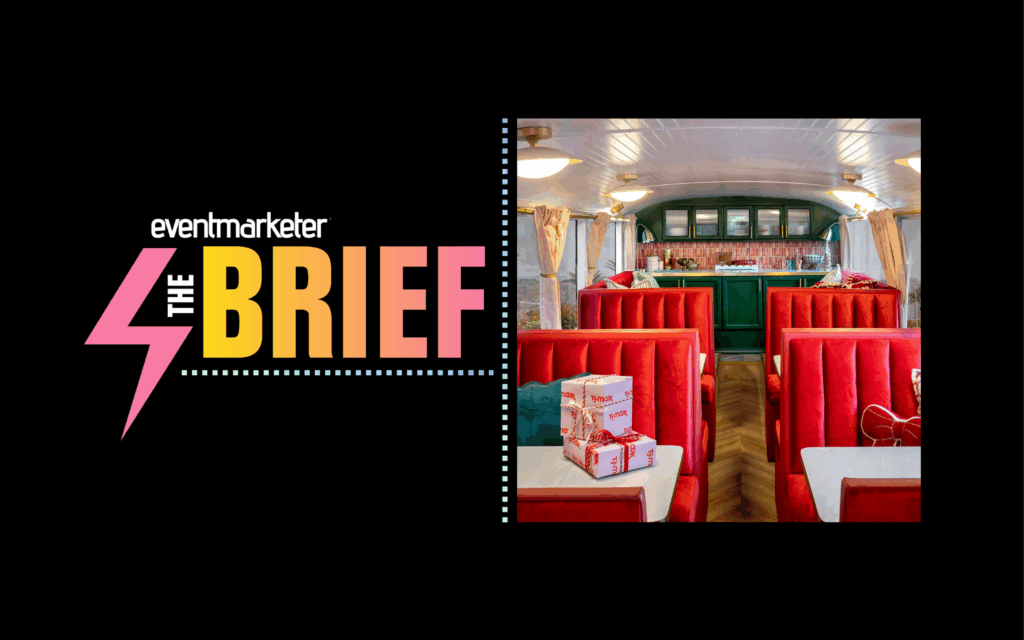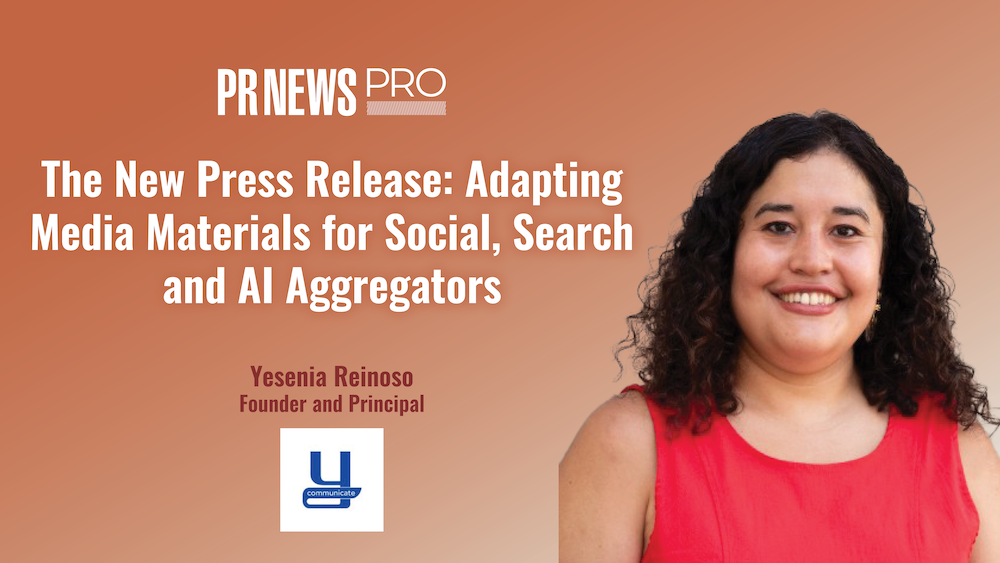People are selfish when it comes to what e-mails they choose to spend their time reading, because time is precious in our pressure-filled society. Therefore, it’s not surprising that a study by ad agency Quris found that 80% of consumers stop reading e-mails they have signed up for because they deem them “irrelevant.” And don’t let a low unsubscribe rate fool you into thinking this doesn’t happen to your program: In the same study, 93% of respondents reported deleting these irrelevant e-mails unread rather than unsubscribing. Worse yet, many of those people simply press the “this is spam” button provided by their ISP.
The solution? Marketers always need to understand what the customer wants and needs in order to deliver on their promises. This is especially true for e-mail newsletters. Customers are generally not interested in your third-quarter earnings (unless they are investors), where your new offices are located or how you make widgets. Readers want information that they can use, whether it’s the latest fashion advice on how to dress for success or tips on writing their resumes. The content should therefore be about them, not you. Tell your readers how they can look better, where they can go on their next vacation, how to manage their time and finances, what they can do to beat their business competition, how they can make more money, raise their kids or even choose the best movie to see over the weekend. If your product or service can help them achieve these things, or anything else they desire for that matter, then you’ve got them.
However logical and proven this practice seems, most marketers use the opposite approach in planning their e-mail content strategy, constantly going through the same self-serving and ineffective steps:
Step 1: What do we want to tell our customers?
Step 2: How can we get them to buy more of what we’re selling?
Step 3: Which offer will make them want to buy our products (usually the same offer they can get in our retail store or online or through a sales rep)?
This is the wrong approach if you want to take advantage of the unique power of e-mail as a way to build profitable long-term relationships with your customers. Instead, first figure out what your customers want to know. Ask them. Test alternatives. Watch your sales churn. Listen to customer comments and complaints. Then create a newsletter full of relevant content and weave your sales messages around that information. The results can be powerful.
Editorial quality counts. Quality means providing something that is worthwhile and exciting to your audience. That’s why you shouldn’t just hand the writing of your newsletter over to your marketing or PR department if they’re not experts in creating compelling e-mail newsletters. Hire an experienced writer who can put a spin on the content and offer a unique approach to the subject. It will make all the difference in the world. It may be trial and error at first, but in time your writer—with help from yourself and everyone else involved in the newsletter—will be able to determine what content your readers desire most. Provide what readers desire and your number of subscribers will go up. Readers will forward your newsletter to friends, who in turn will subscribe and forward it to more friends.
As part of your dedication to editorial quality, you should also make sure that your e-mail newsletter builds a sense of familiarity with your readers by publishing on a regular schedule and making sure that your newsletter has a consistent and familiar look and feel. Here are some ways of doing that.
1. Make It a “Magazine” Compare the e-mail that your company sends out to the Sunday newspaper. Is it more like the wad of coupons that gets taken out and tossed almost immediately, or is it like the magazine section that gets set aside and pored over? If your e-mails rival the magazine section, then you are providing content that people will read and discuss with their friends and colleagues.
Don’t let the word “magazine” intimidate you. This is simply an editorial approach. You don’t need lots of pages, nationally-recognized columnists and glossy photos. A few paragraphs of content is usually more than enough for an e-mail. The content simply needs to be relevant and draw the readers’ attention.
The “newsletter” concept serves this purpose well, which explains why there are numerous e-mail newsletters. Research shows that they are actually more effective than mere advertising coupons or promotional flyers. When you want your newsletter to build your business, think of the content as a very important lead-in to your marketing and sales messages. To that end, remember that people expect to see a good deal of advertising when they buy a magazine. As long as the content is worthwhile, not only will they not mind the ads, they may even pay more attention to them as they read the magazine. The same holds true with your e-mail. If your content is good, you can promote the needs, desires and benefits that drive the purchase of your product—in addition to surrounding it with ads and promotions—and readers won’t mind at all.
2. Sell Tastefully, but Sell Everywhere As we just discussed, if your content is good, readers won’t mind your ads. Keep in mind, however, not to bombard your audience only with blatant advertisements—sell tastefully, but feel free to sell everywhere. Some of the best places to sell:
In your action areas: “Action areas” are spaces in the newsletter that generally have the highest click rates, such as the top left and right corners. Put your best offers here and rotate their placement to see which offer draws the best response from each spot.
Between stories: As long as the distinction between an ad and your content is clear, it is perfectly acceptable to place ads within the content. Some publishers even break stories mid-sentence to insert an ad. That can, however, be distracting or annoying to readers, so use your judgment.
In the footer: Once the reader has finished reading your newsletter, use the space at the bottom to feature more information about your company and products. It’s a great opportunity to feature all of your company’s information (since that’s where most readers assume such information resides). The footer is also an ideal placement for secondary promotions, since it will not interfere with your main messages.
In the header: While most of the space at the top of the newsletter should be reserved for branding (your company name and publication title), you can also use this space to place links to special offers on your web site. In sidebars: Often, sidebars offer the best mix of prominence and separation. But this option is available only in HTML templates, so make sure your text template can accommodate this advertising elsewhere.
A perfect example of a smart balance of content and advertising is Beech-Nut’s monthly newsletter. It features content that is relevant to the age of the recipient’s child. It includes fun games that parents can play with their children, expert advice on hot topics and helpful parenting tips. Running down the left-hand side are plenty of ads for Beech-Nut products. The focus is on the needs and wants of the reader, but in a way that supports the sales objectives of the company. This is the perfect marriage between content and commerce.
You can also advertise within your content by inserting plugs for yourself, or your products or services (the Beech-Nut newsletter does mix in references to specific products with some of the content), but always pay attention to the value proposition to the reader: if the content begins to read as a shameless plug or a long advertisement, you will lose your readers.
Keep in mind that it is easy to lose readers when you provide valueless content. This includes company news, press releases and promotional and marketing information that doesn’t tie into the purpose of the newsletter. Ask this of everything you write for your newsletter: “Will my readers care about this?’ if the answer is anything but a resounding “Yes,” give it the axe.
Over time, we see newsletters that once featured quality content begin to give way to more and more promotional and marketing material. This often happens despite the fact that the program is working, usually because some higher-up in the organization sends down an edict like, “Double revenues through e-mail by the end of the quarter,” which is hard to do without resorting to almost spammer-like tactics. While this may cause a quick spike in sales, this kind of activity can also lead to readers hitting the unsubscribe button in droves, costing you over the long term.
Also, when the temptation to use just any company news hits you, just say no. Be sure it’s newsworthy and has a content-related reason to be a part of your newsletter. Or, integrate the product announcement into a content story by discussing current trends or events that will engage readers. Always remember that readers sign up for a newsletter as part of an unwritten agreement: They expect interesting or valuable content from you (which just happens to be surrounded by advertising, and marketing messages). As soon as you stop holding up your end of the bargain, you’ll lose readers.
Matt Blumberg and Michael Mayor are the driving forces behind Return Path, an e-mail performance company. Collaborating with them on this project are their colleagues, e-mail strategists Stephanie A. Miller and Tami Monahan Forman. This article was excerpted from their new book, “Sign Me Up! A Marketer’s Guide to Creating E-mail Newsletters That Build Relationships and Boost Sales (iUniverse Inc., 2005) © 2005 Return Path, Inc. All rights reserved.



